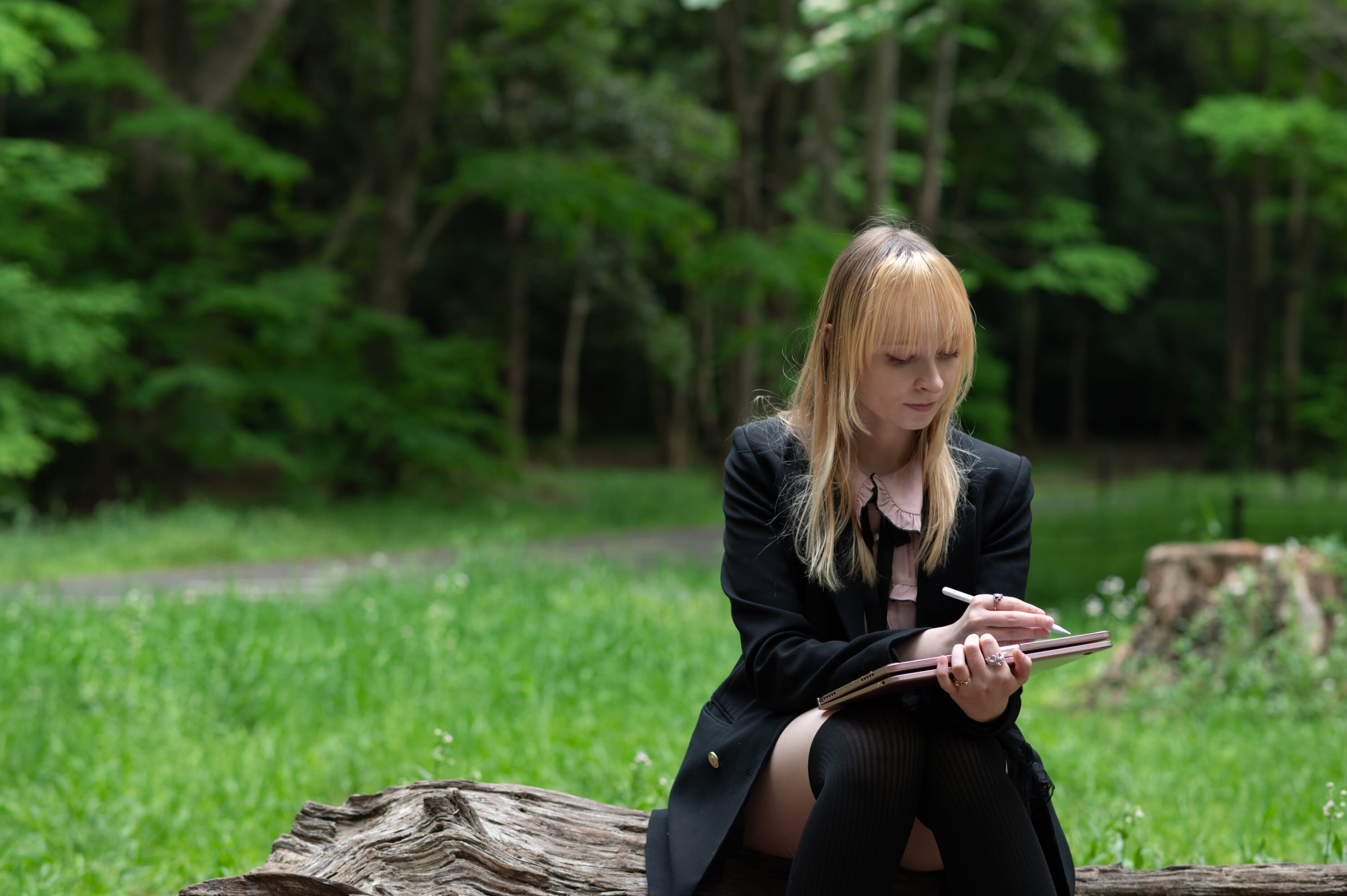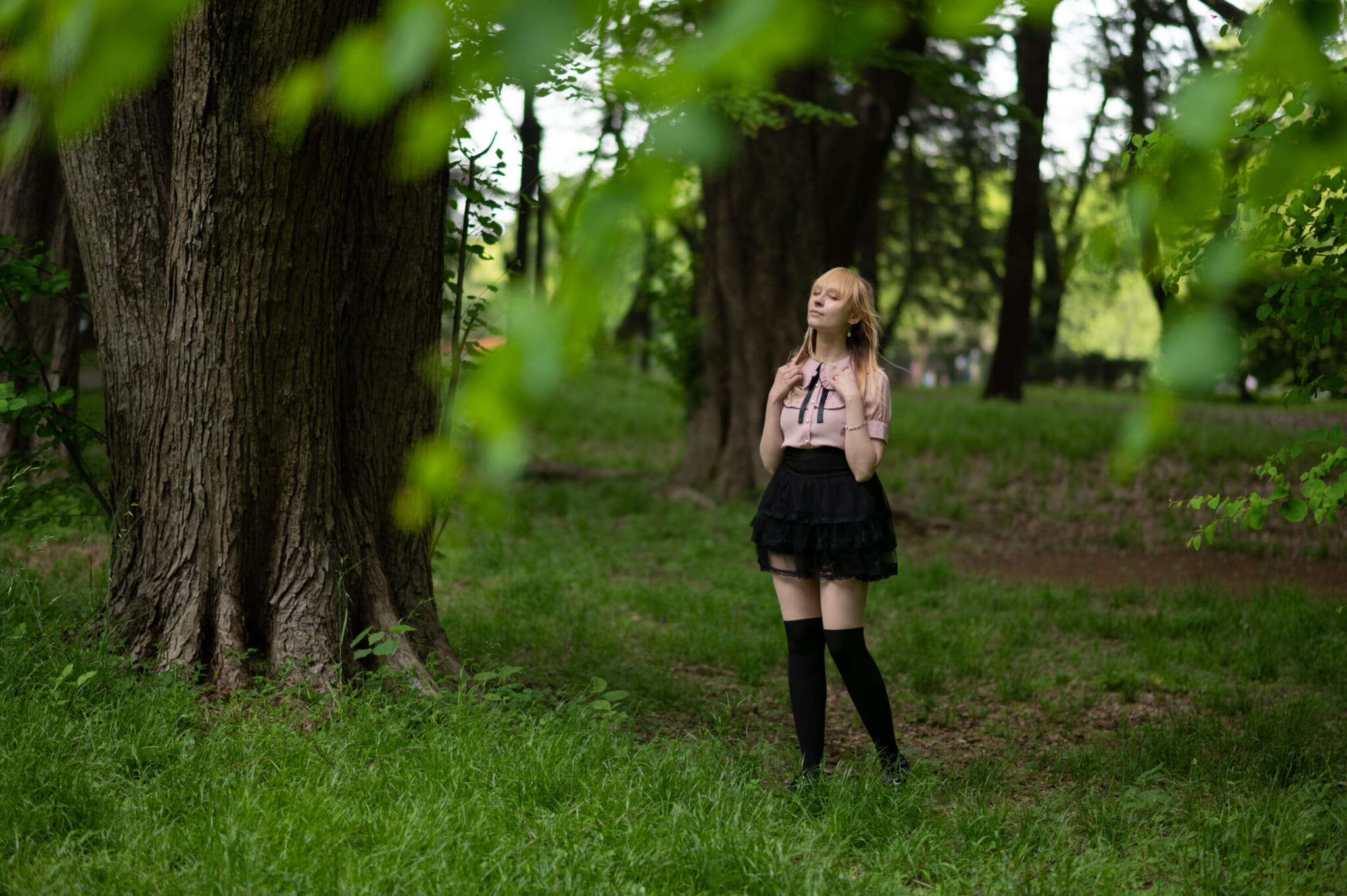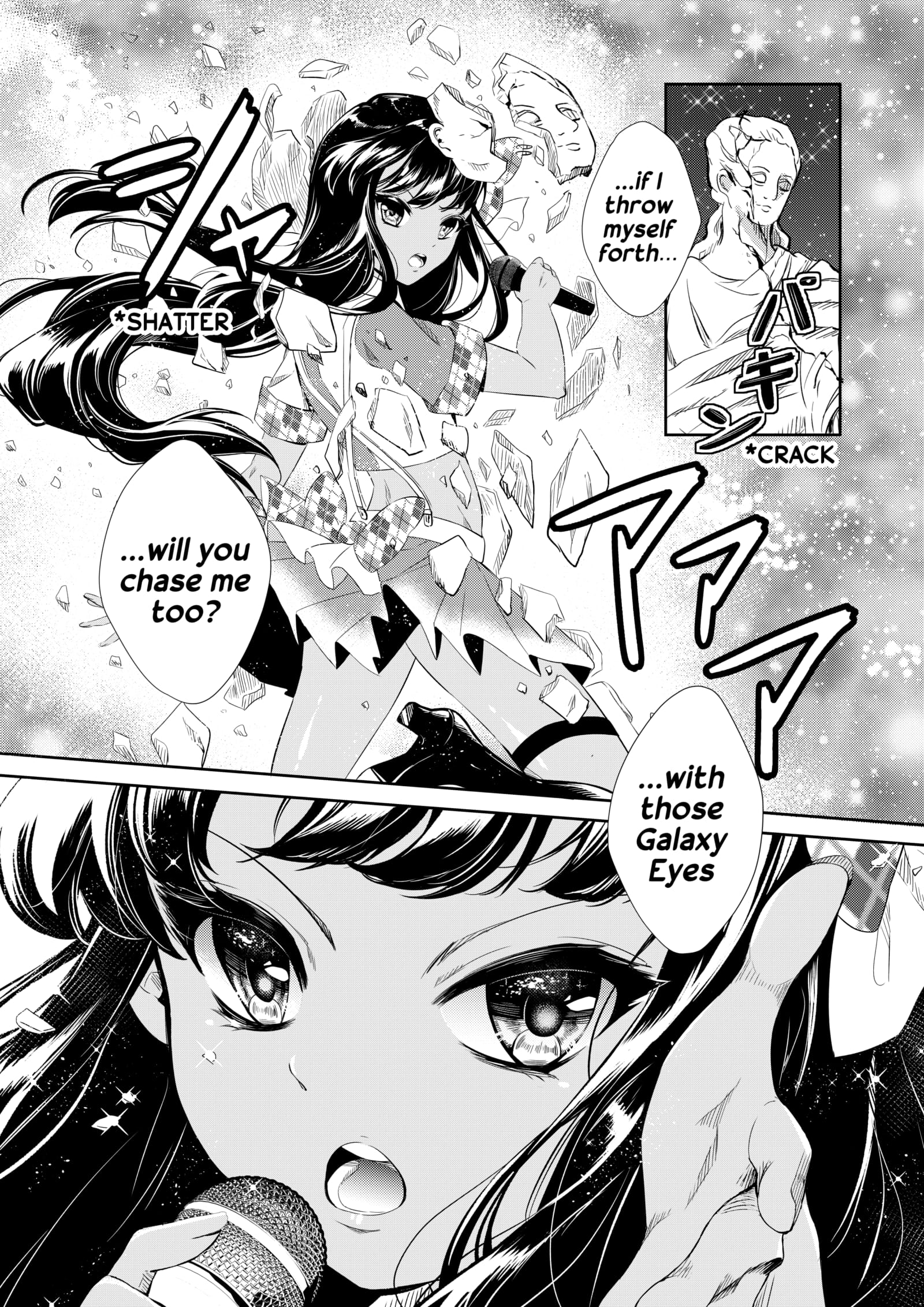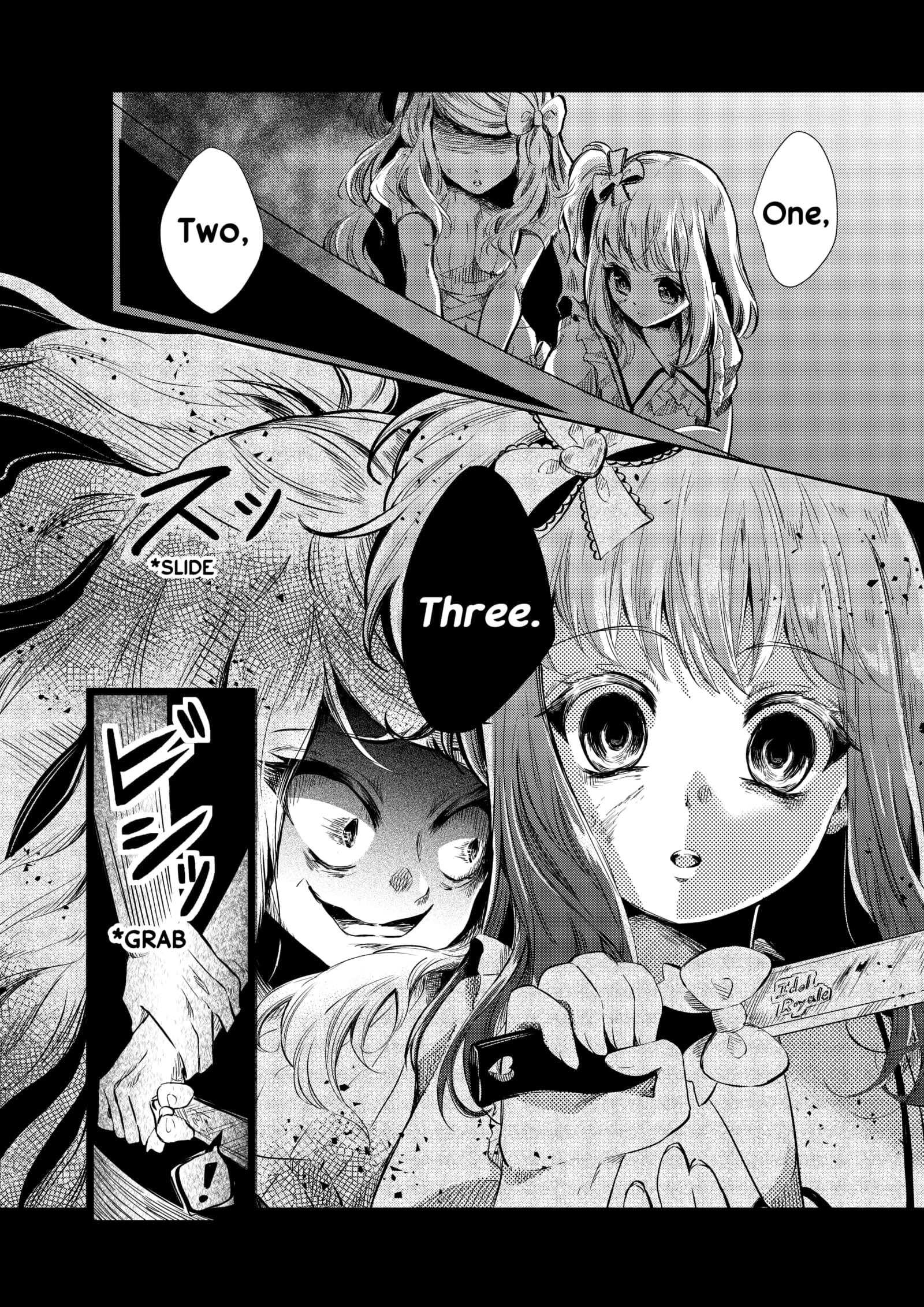Cute anime girls, a murderous scene and the cutthroat nature of the Japanese entertainment industry. These are just some of the themes and settings that have come from the mind of manga artist, Linnea Kataja. Originally from New York, she now lives in Tokyo as a freelance illustrator and is the author of Idol Royale, a webtoon that has received hundreds of thousands of views globally.
Kataja has been drawing for as long as she can remember and her interest in manga goes back years.
“I’ve been drawing cartoon characters since I was little. But I found myself being really drawn to the Japanese manga art style. I started to draw them all the time and kept going as my interest grew,” she tells Tokyo Weekender.
Initially, Kataja thought it would be impossible to pursue manga professionally outside of Japan. Then, the popularity of social media as a means to showcase art began to take off.
“I was lucky in a way,” she says. “As I was graduating college, social media became a big thing, and I started growing a following on Instagram by posting my art. I was getting contacted for jobs via these platforms that didn’t even exist when I was growing up.”

Photo by Lisa Knight
Finding Her Style – How Kataja Became a Manga Artist
Kataja cites shoujo manga and stories about magical girls such as Tokyo Mew Mew and Cardcaptor Sakura as key inspirations for her art. Ai Yazawa’s work, Paradise Kiss and Nana, influenced the way she viewed storytelling and fashion in manga. Kataja is also a fan of Keiko Suenobu, whose work taught her how to draw expressively and explore serious topics such as bullying and self-harm.
Typical shoujo manga themes include romance and empowering adventures that feature girls as the main protagonists. The characters tend to have large eyes and embrace a depth of emotion.
Kataja’s iconic art style today blends adorable characters with topics around horror and the macabre. Her webtoon, Idol Royale, keenly reflects this. Resembling the cult classic, Battle Royale, Idol Royale features a group of young girls who must fight one another to the death to become the next top idol.
“Idol Royale is a personal project that I’ve worked on for a long time. I had a lot of time at home in 2020 and started thinking about concepts. I liked the idea of combining cute art with darker elements and decided a blend of idol and horror would be interesting,” says Kataja.
Since moving to Japan, Kataja has been given many more job opportunities in her field. Events like Comic Market celebrate independent artists.
“I used to sell my work at anime conventions, but it was hard,” she says. “The community there doesn’t like self-published work. They usually just want fan art of an existing anime or game. But at my first Comic Market experience, I managed to sell out completely, operating as someone who is still barely known.”
An Independent Manga Artist
As an independent artist, Kataja doesn’t often have to deal with the more traditional structures of publishing that exist in Japan. Online publishing spaces such as Webtoon and Line Manga have also resulted in many artists flying solo. While she dreams of landing a publishing deal in Japan, she’s happy to be freelancing, especially after meeting several other Japanese independent artists.
“The people next to me at Comic Market were older ladies who were also fully independent and working on their art full time,” she says. “They were making doujinshi (self-published manga) and weren’t interested in being picked up by publishers. It really inspired me because it showed that there are more women in the manga industry than you would think.”

Photo by Lisa Knight
Kataja says it took around five years to build her freelance career into something she could fully live off. For this reason, her advice to aspiring artists is to have patience.
“As a freelance artist, it can be tough at the beginning to get customers,” she says. “And even if you get a lot of commissions, taking too many at once can be overwhelming and lead to burnout,”
The importance of social media also cannot be understated. Doing research and learning how to market oneself can be as crucial as growing your craft. Kataja uses a combination of Twitter, Instagram and TikTok to document her work, and showcase behind-the-scenes content.
In 2023, Kataja hopes to build her business further and attend more events to network and showcase her art. She also has other personal projects in view, such as returning to streaming games and art. The popularity of manga and anime has reached the international stage. So much so, it’s probably now considered a mainstream interest. Coupled with advancements in technology, artists like Kataja have been able to build careers by connecting with global communities online.
“I hope manga is being respected more,” she says. “Growing up in America, it was a very niche thing to be into. It’s totally mainstream now thanks to the reach of the internet and streaming services that make anime more accessible.”
Follow Kataja on Instagram to see more of her art and work.











